Text messaging is ubiquitous in modern culture for personal communications, yet businesses have so far not fully managed to tap the medium as a means of customer engagement. But new research from business texting firm Zipwhip finds that for the first time, the vast majority of consumers and businesses are using texting as a main form of communication. Of those surveyed, more than 9 in 10 (91 percent) consumers reported receiving texts from businesses (a 20 percent increase from last year), and 68 percent of businesses report texting their customers.
Zipwhip recently launched its 2020 State of Texting report, the industry’s most comprehensive analysis of the way businesses and consumers use texting and other tools to communicate. The annual report showcases not only the prevalence of texting within business communication, but consumers’ expectation that it’s an option.
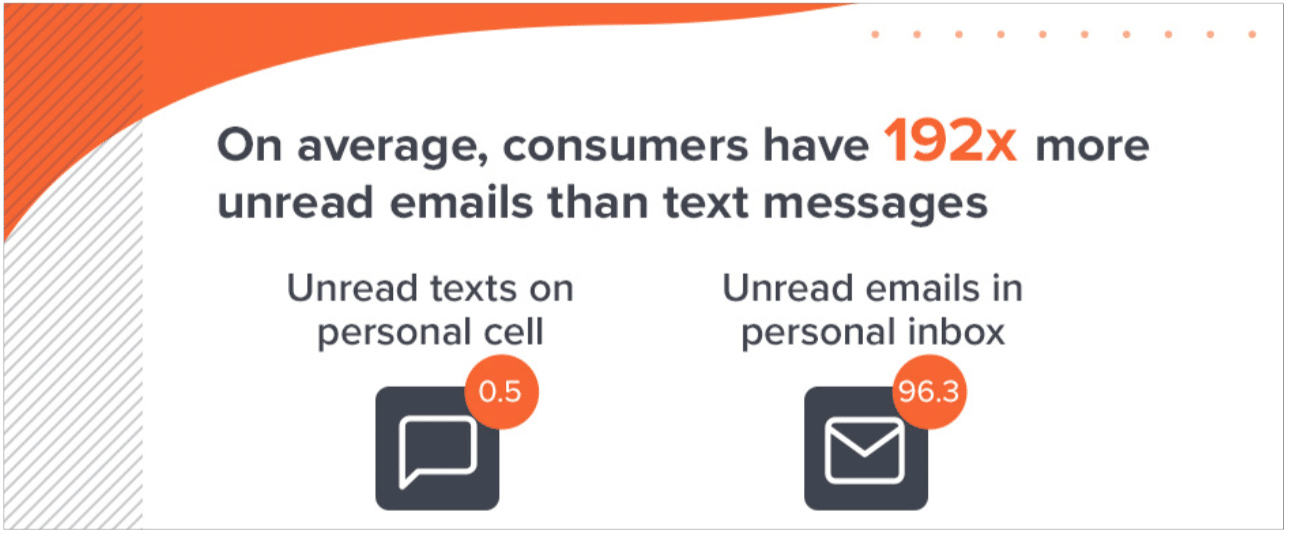
More than 40 percent of consumers said they have proactively texted a business
That’s whether or not they even knew the company could accept texts, and one-third of consumers have tried to text a business without ever getting a response back. This is despite the fact that of businesses who haven’t incorporated texting, 22 percent say it’s because they don’t think their customers want to be texted.
“We are long past the point where businesses should think their customers just don’t want to text them,” said John Lauer, CEO of Zipwhip, in a news release. “Texting is the form of communication that people know the best and prefer to use, so if you’re not letting your customers text you, you’re sending them to a competitor.”
On average, how many times per day do you check your cell phone?
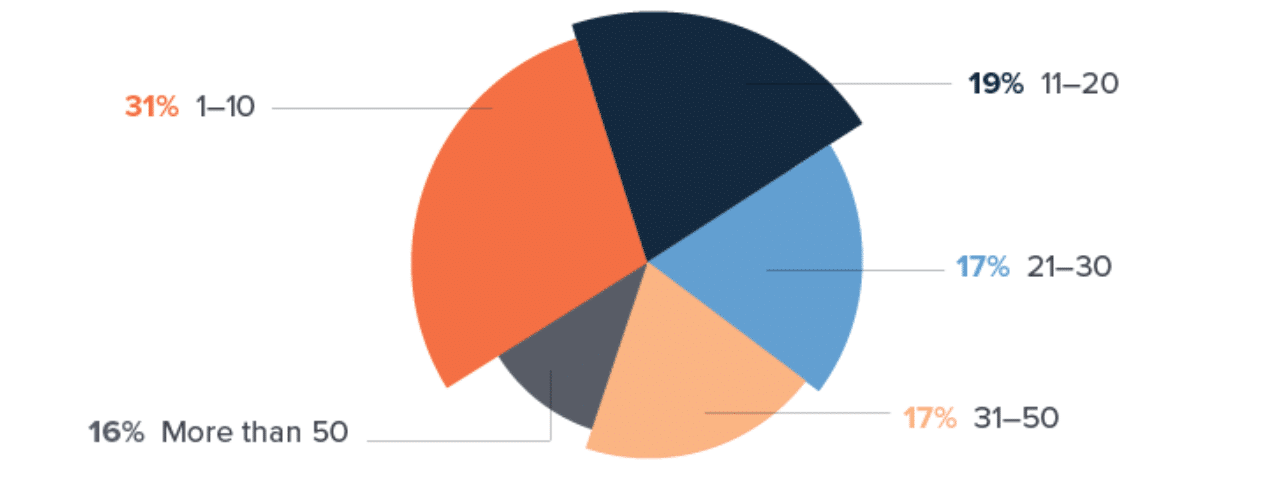
When consumers were asked which messaging tool they use most frequently, 77 percent said it’s the native texting app on their phone. Texting provides the instant gratification that consumers demand. In fact, 75 percent of consumers check their phone within 30 minutes of waking up, and throughout the day, 69 percent will check their phone more than 20 times, and 16 percent will check it more than 50 times.
How soon after waking up in the morning do you check your cell phone?
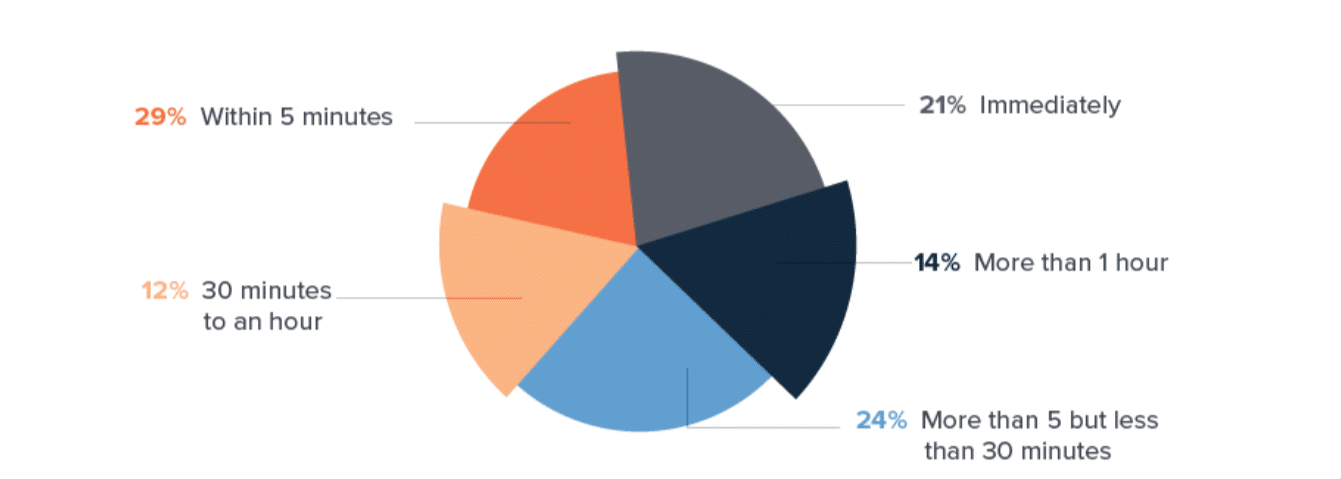
And while businesses and employees are catching on to their customers’ preference to text, 88 percent of those who do text use a personal or company-provided cell phone. This introduces significant personal privacy risks for consumers and compliance liability for businesses.
“I understand why so many individual employees are texting customers from their personal cell phones,” said Lauer. “They know texting is the most effective way to reach their customers, so if their company doesn’t provide them with approved texting software, they’re left with no choice but to go rogue. But companies should consider implementing texting software so they can access the tools and safeguards necessary to keep customer data and information safe.”
What’s the most valuable text you’ve ever received from a business? (select two):
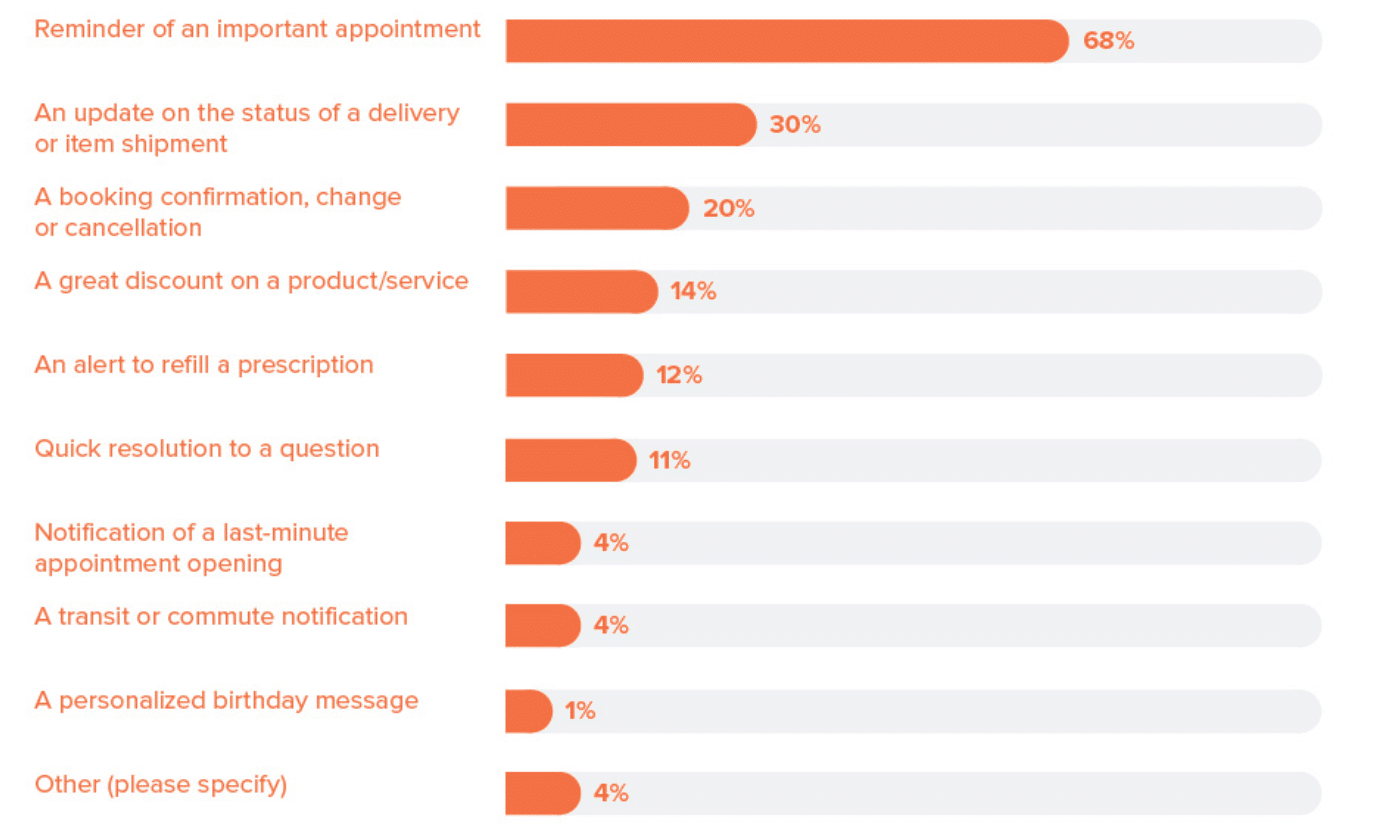
The rise in texting’s popularity comes as email and phone calls, which were historically the dominant channels, are falling out of favor
A previous Zipwhip survey found that 96 percent of people find phone calls disruptive and 97 percent ignore them from businesses or unknown numbers, which explains why 60 percent of the businesses who responded to the State of Textingsurvey said they often end up playing phone tag with customers. And while consumers have an average of 0.5 unread texts at any given time, they report having nearly 100 unread emails.
Which of the following is most important to you when communicating with a business?

Zipwhip’s research also finds that some emerging alternatives to email and phone calls continue to miss the mark. Sixty-four percent of consumers said they’re unlikely to download a business’ branded app to communicate with them, and for those who do, 60 percent say they’re very likely to delete it shortly thereafter. Another alternative to email and phone calls—chatbot technology—also goes against consumer preference. Nearly three in four consumers say they prefer to communicate with a person when conducting business, as opposed to working through a chatbot.
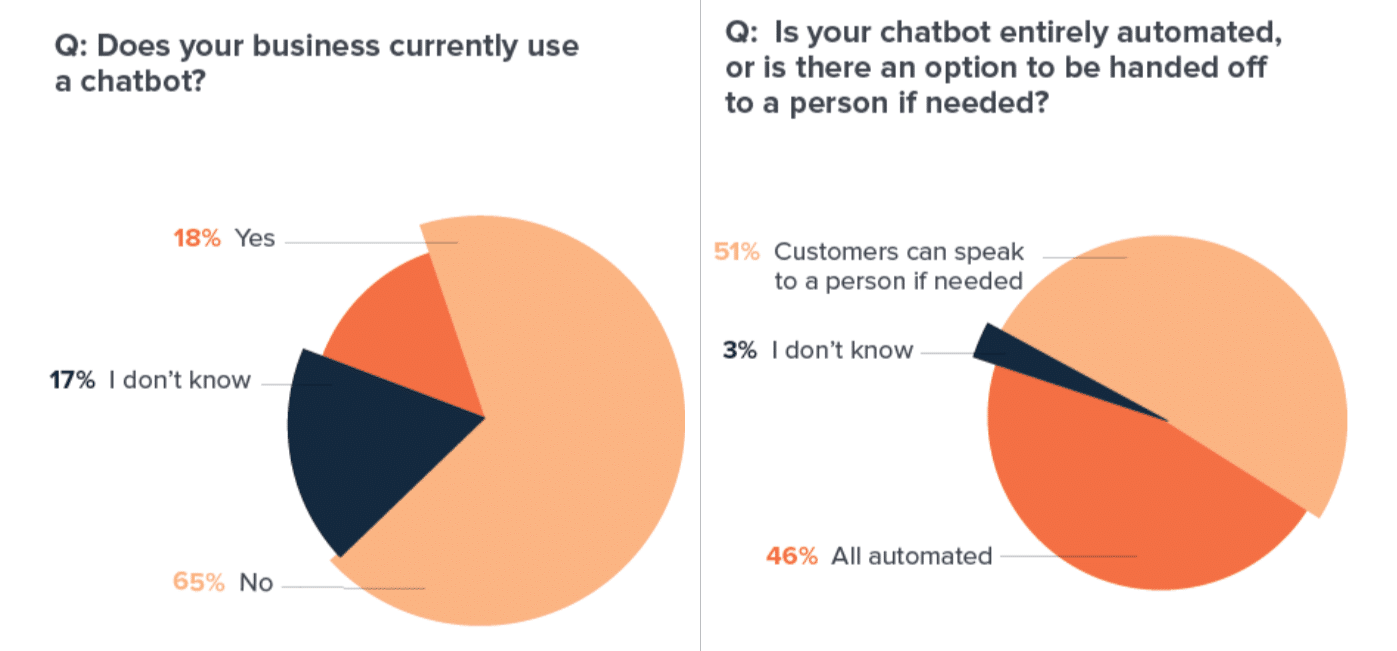
The 2020 State of Texting report offers additional insights into when and how customers prefer to be communicated with, as well as best practices for companies implementing a new communication channel like texting.
Download the full report here.
Zipwhip surveyed 1,000 consumers and 1,600 businesses for the 2020 State of Texting report. We surveyed each participant individually and blind from a purchased panel sample through SurveyMonkey. All respondents are from the United States and followed a census breakdown of gender and age. The survey was run in January 2020. No participants were compensated for their participation.



